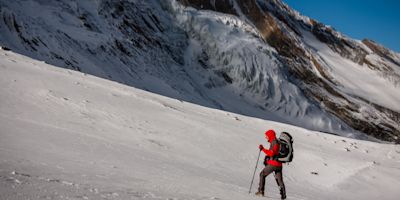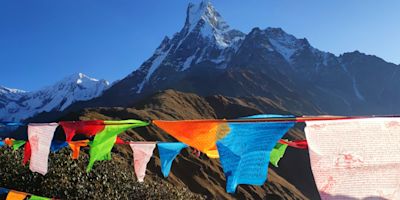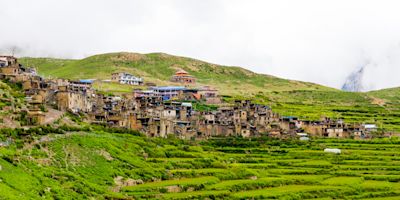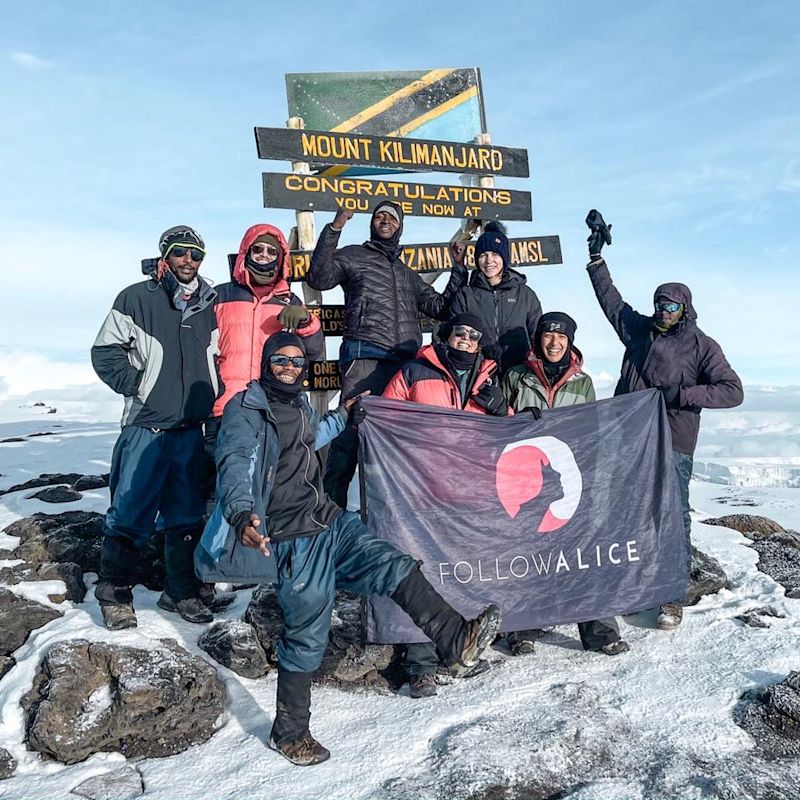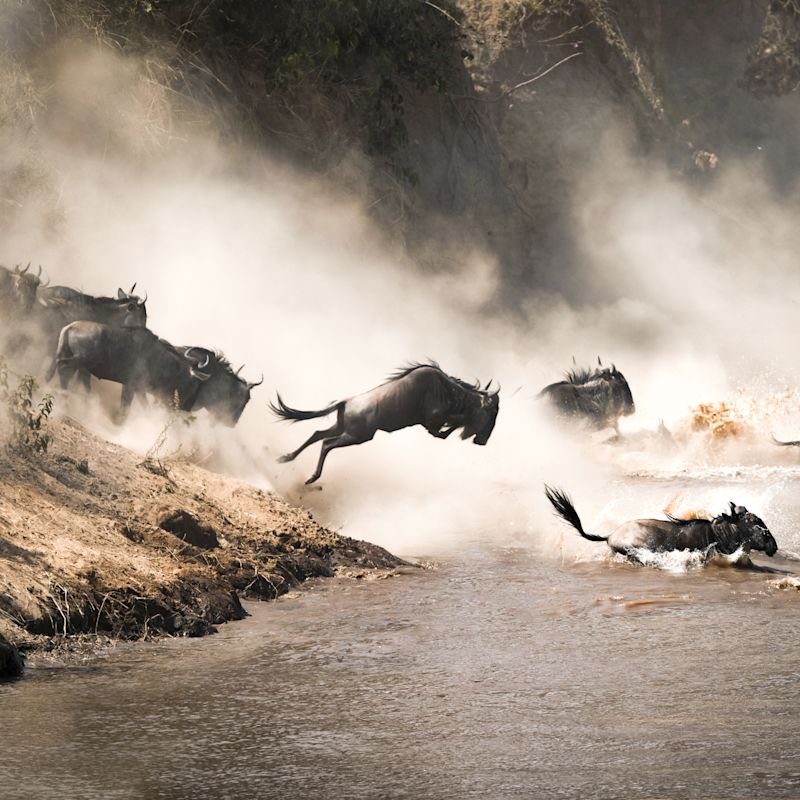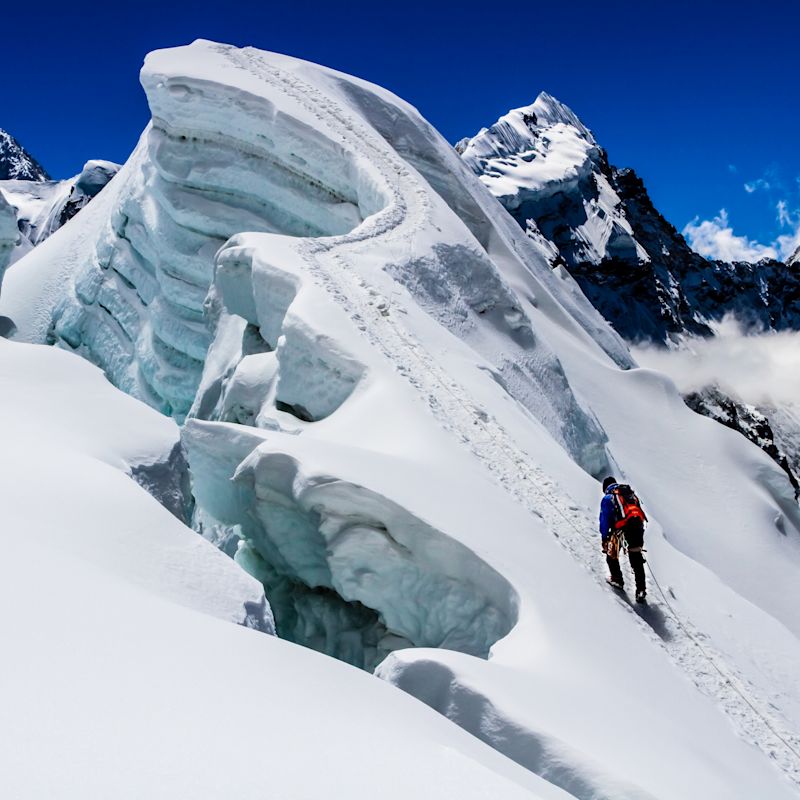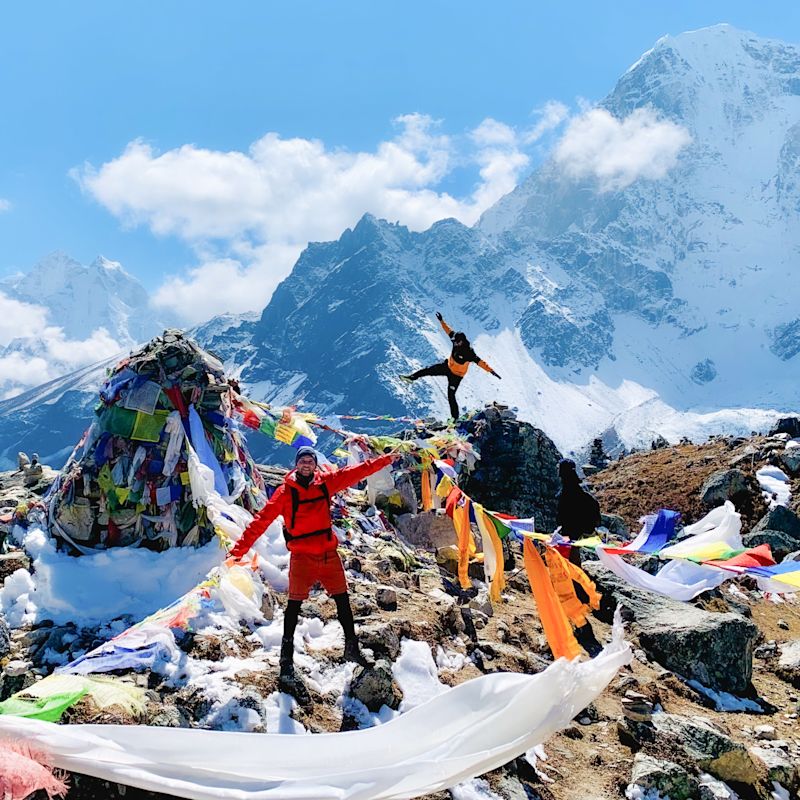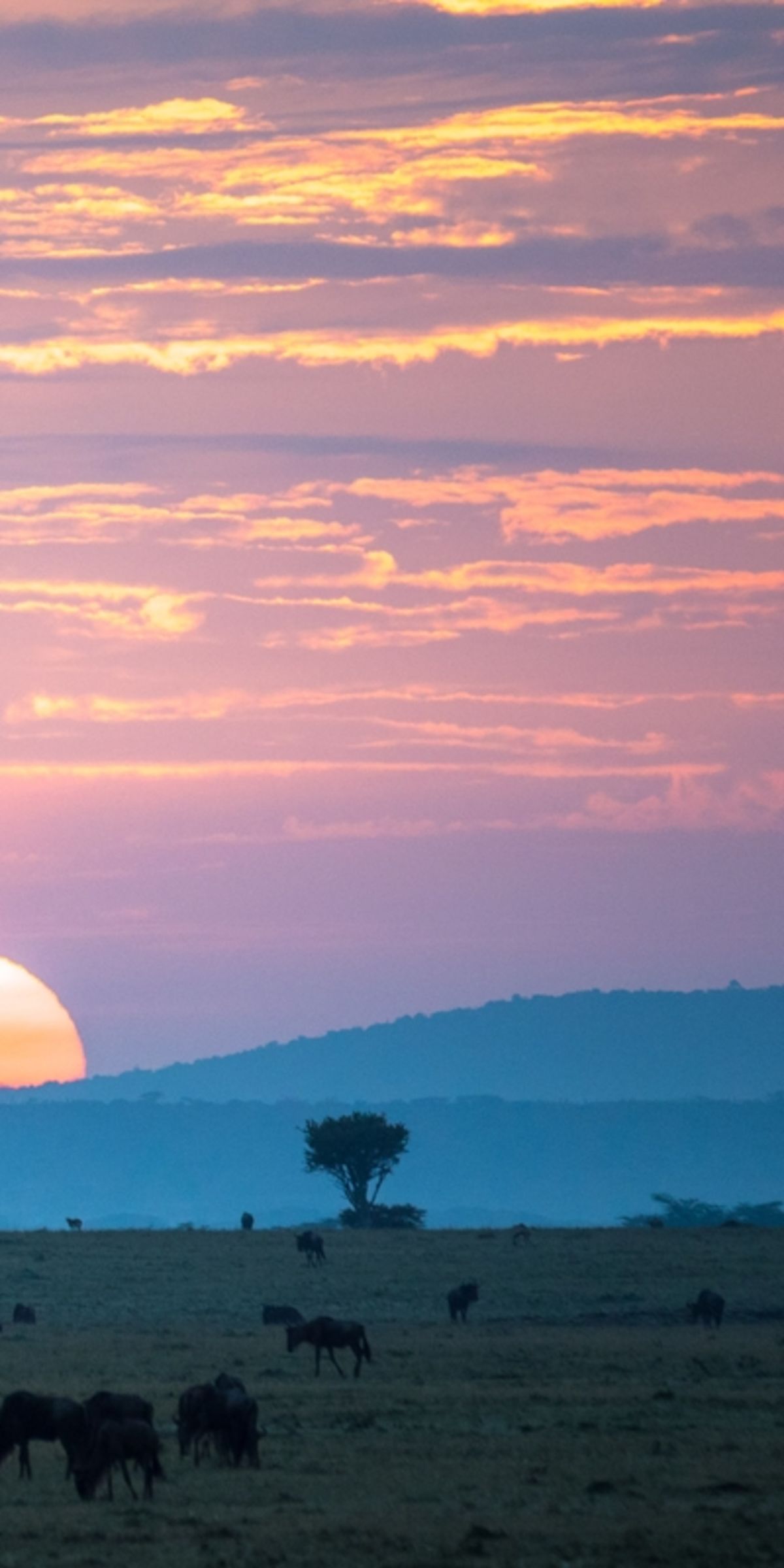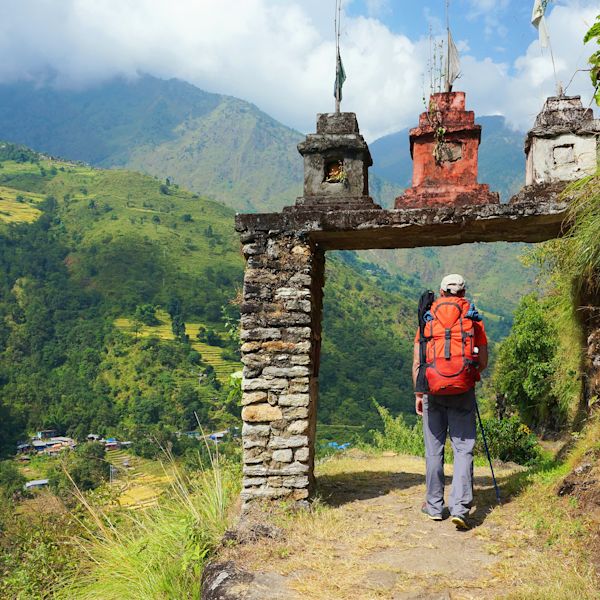
Annapurna Circuit
from USD1,590
- Duration:
- 13-16 days
- Difficulty:
- Tough
- Group Size:
- 4-8
- Adventure:
- Trek

Our itineraries
We have two Annapurna Circuit itineraries on offer. The first is the classic Annapurna Circuit, one of Nepal's most famous routes! The second includes an extension into the seldom-visited Nar and Phu Valleys, and is ideal for those who love to visit out-of-the-way places!
Country info and facts
Here are the basics you need to know in order to plan a trip to Nepal as well as prepare for the Annapurna Circuit in particular.
Nepali
Nepali rupee (NPR)

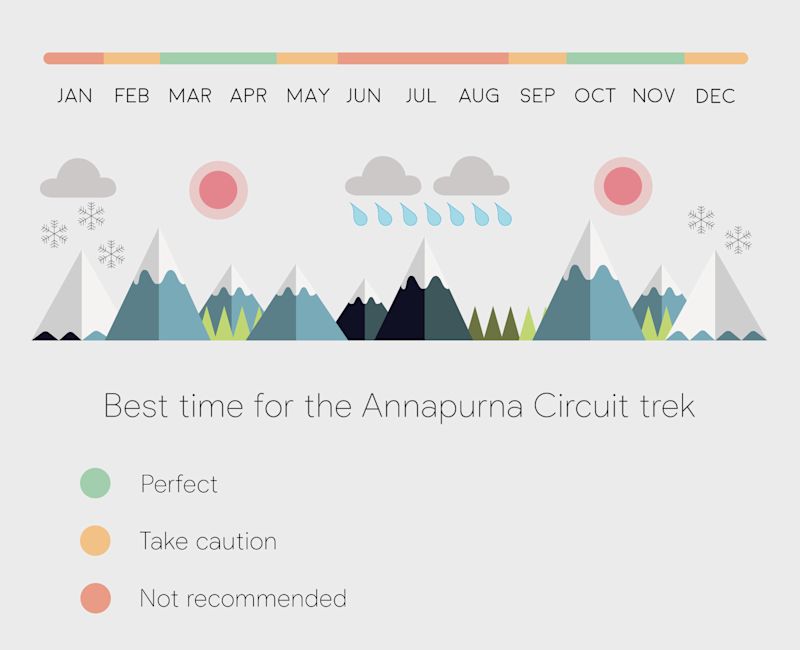


Get your Annapurna Circuit trek guide!
All you need to know to plan and enjoy a successful Annapurna Circuit trek.
Local leader
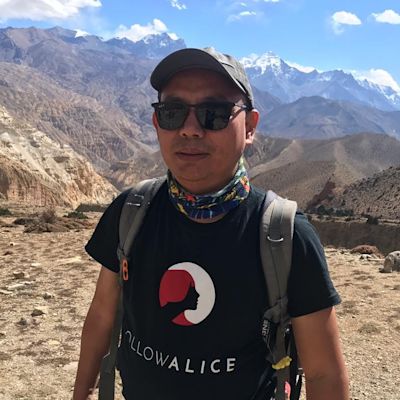
Sonam G. Sherpa
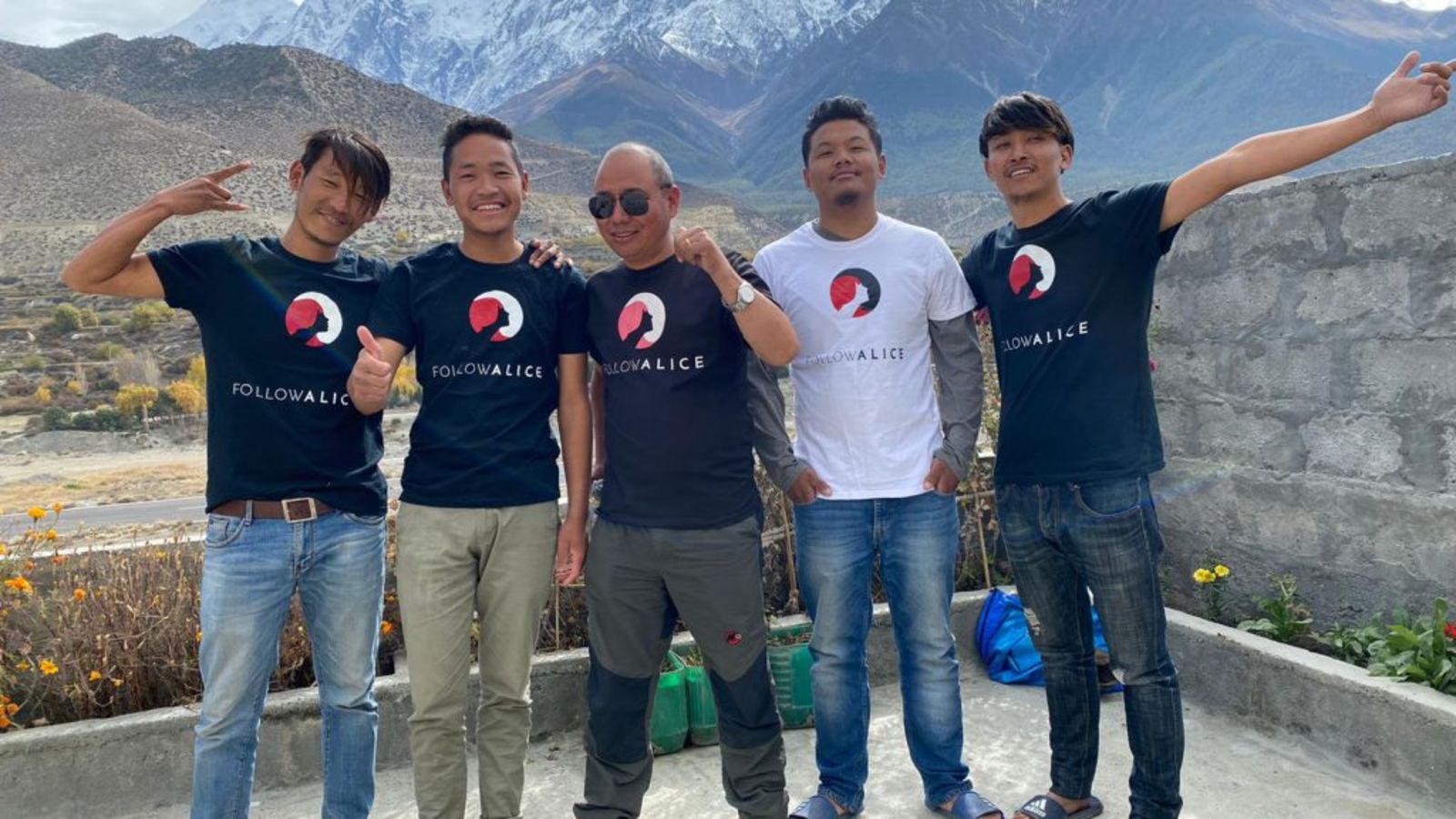
Book your trip

Group Discounts
Enquire for more details

Don't see your dates?
Please propose a new departure
Oct 2025
13 Day Classic Annapurna Circuit

Oct 3, 2025
Open for bookings
16 Day - Nar-Phu Trek

Oct 4, 2025
Open for bookings
13-day Annapurna Circuit by road

Oct 10, 2025
Open for bookings
13-day Annapurna Circuit by road

Oct 16, 2025
Open for bookings
13 Day Classic Annapurna Circuit

Oct 16, 2025
Open for bookings
13-day Annapurna Circuit by road

Oct 20, 2025
Open for bookings
13 Day Classic Annapurna Circuit

Oct 23, 2025
Open for bookings
16 Day - Nar-Phu Trek

Oct 24, 2025
Open for bookings
Nov 2025
13-day Annapurna Circuit by road

Nov 5, 2025
Open for bookings
13 Day Classic Annapurna Circuit

Nov 7, 2025
Open for bookings
Feb 2026
16 Day - Nar-Phu Trek

Feb 1, 2026
Open for bookings
13 Day Classic Annapurna Circuit Trek

Feb 7, 2026
Open for bookings
13-day Annapurna Circuit by road

Feb 13, 2026
Open for bookings
13 Day Classic Annapurna Circuit Trek

Feb 21, 2026
Open for bookings
16 Day - Nar-Phu Trek

Feb 21, 2026
Open for bookings
13-day Annapurna Circuit by road

Feb 28, 2026
Open for bookings
Don't see your dates?
We can make it happen!
See what others say
Customer Reviews
5 star
100%
4 star
0%
3 star
0%
2 star
0%
1 star
0%
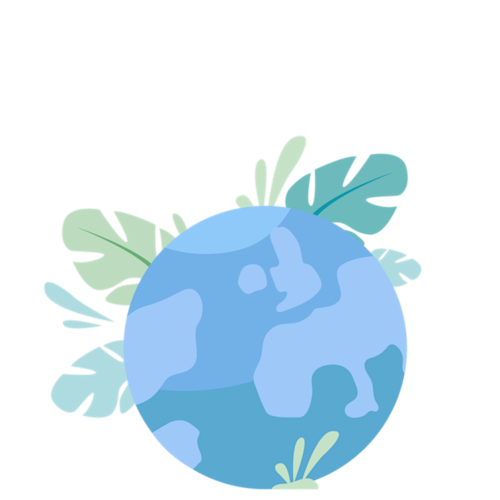
More Adventures
Recommended reads
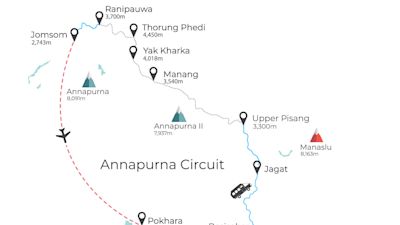
At Follow Alice we offer an exciting six-day Annapurna Circuit trek which sees you walk the very best section of the famous trail. The overall trip is 13 days as there's some travel involved, and we also give time for enjoying Kathmandu and Pokhara.
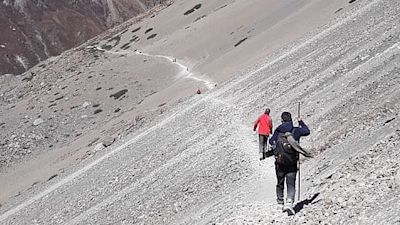
We've got 10 great tips to help you prepare for, successfully complete and enjoy the Annapurna Circuit. And we bet that most of you will be pretty darn surprised to read tip #9!
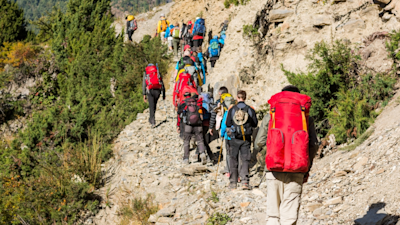
So you want to go trekking in Nepal. Wonderful! We want to take you! But do you do the Annapurna Circuit or Everest Base Camp trek? Helping you answer that question is what this post is all about. We talk trek length, difficulty, weather, cost and more!
